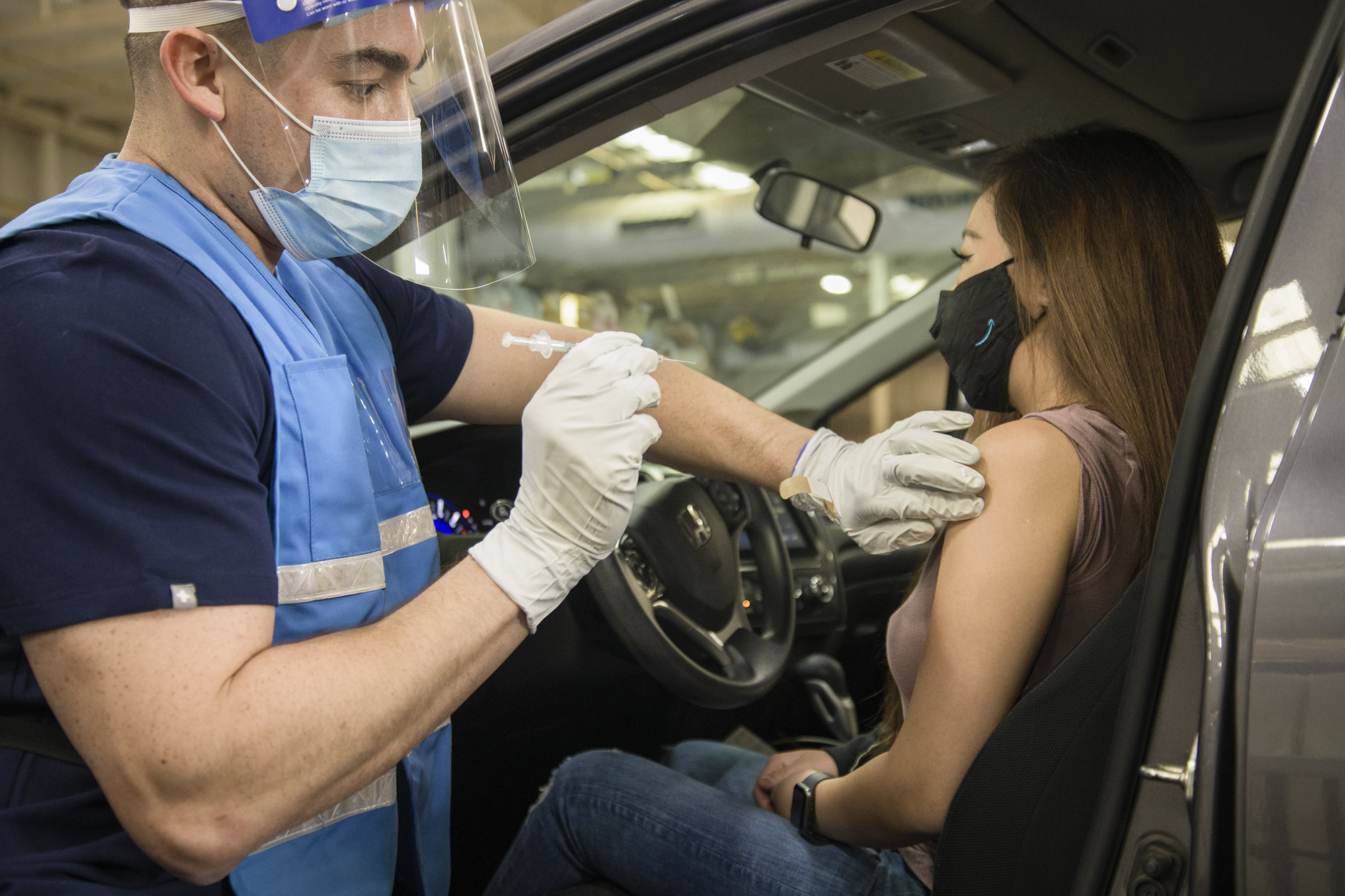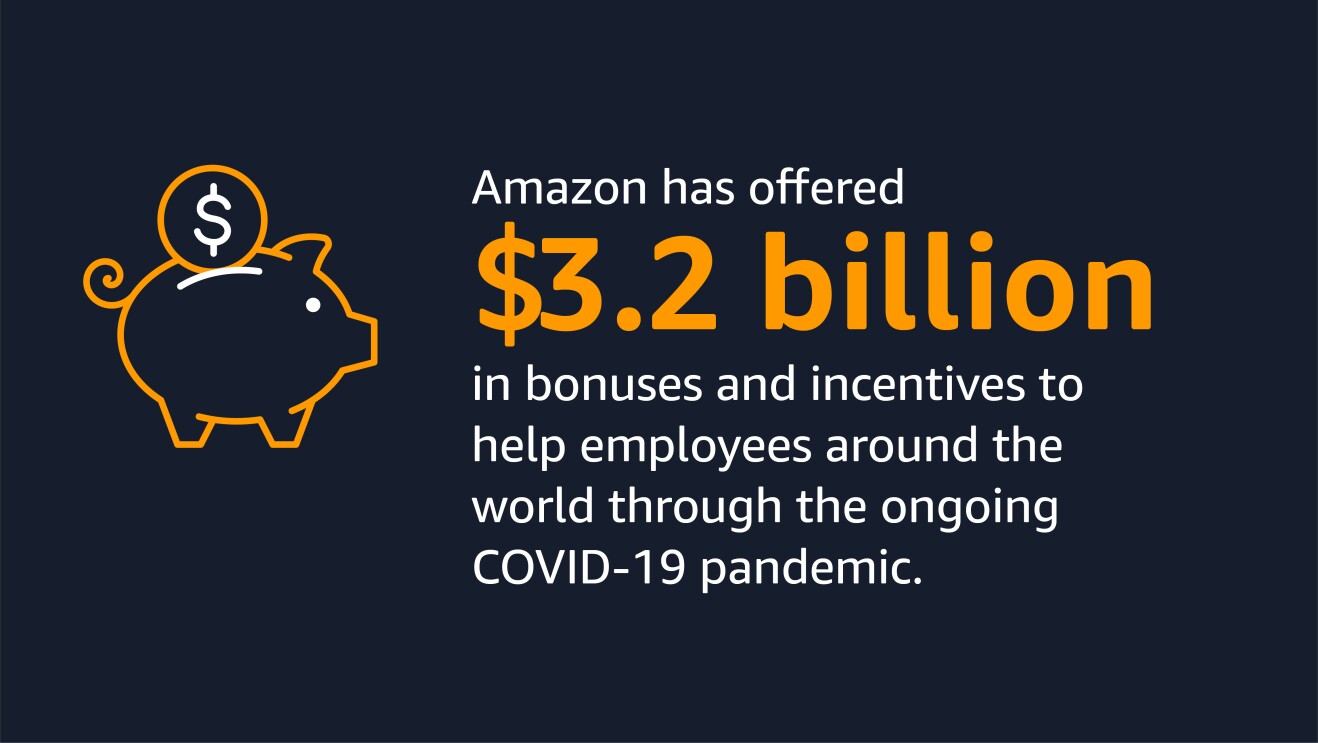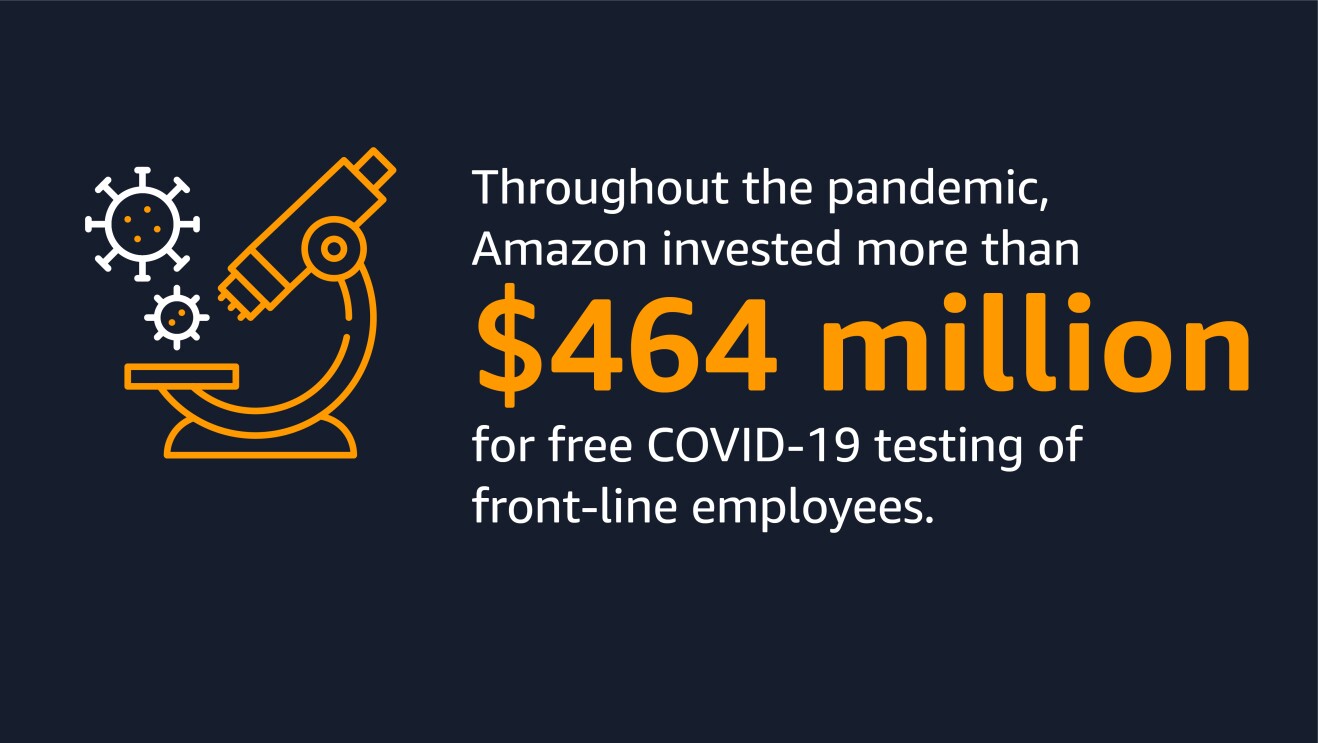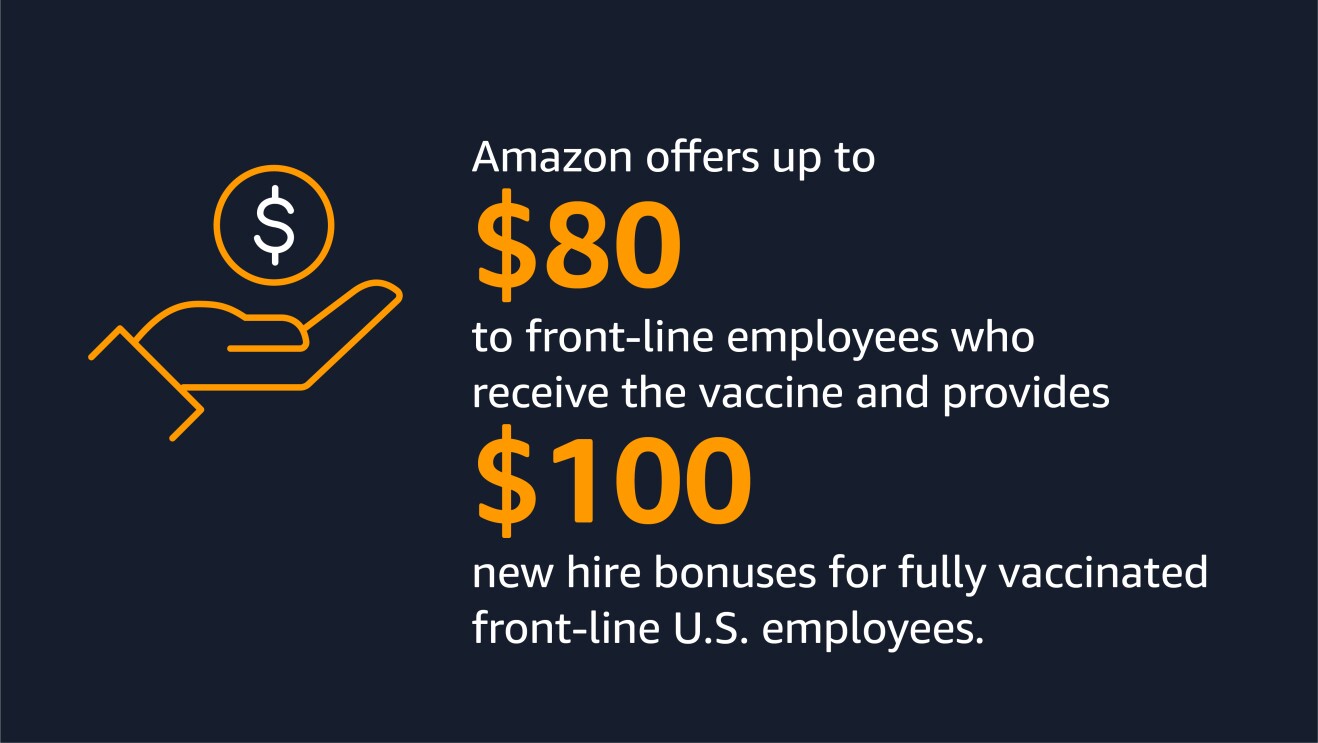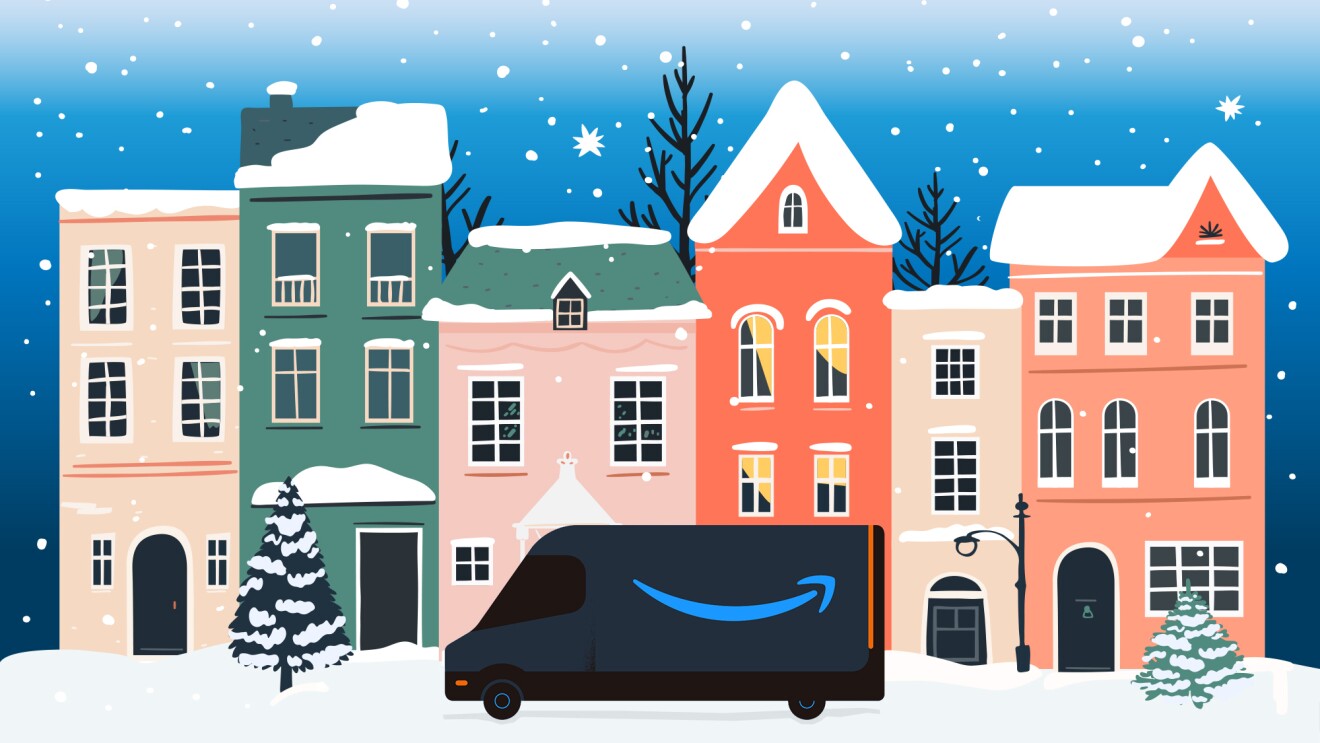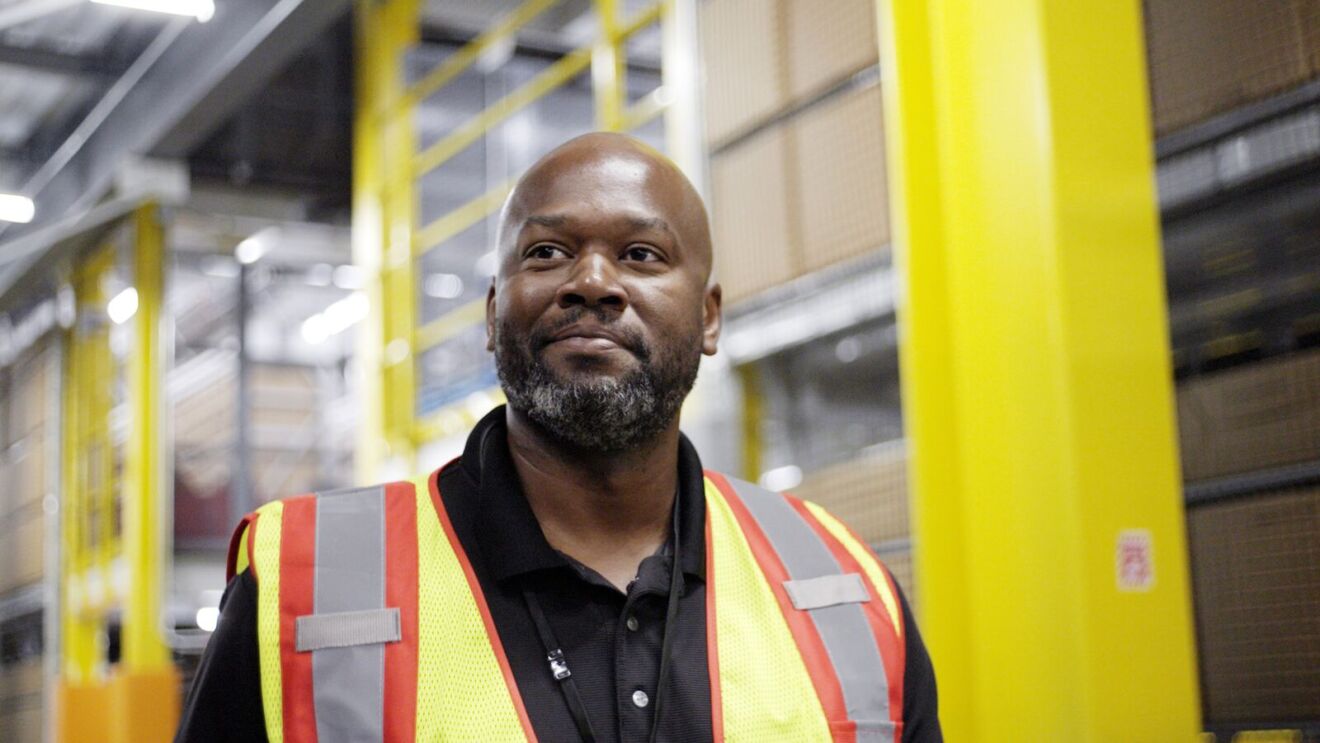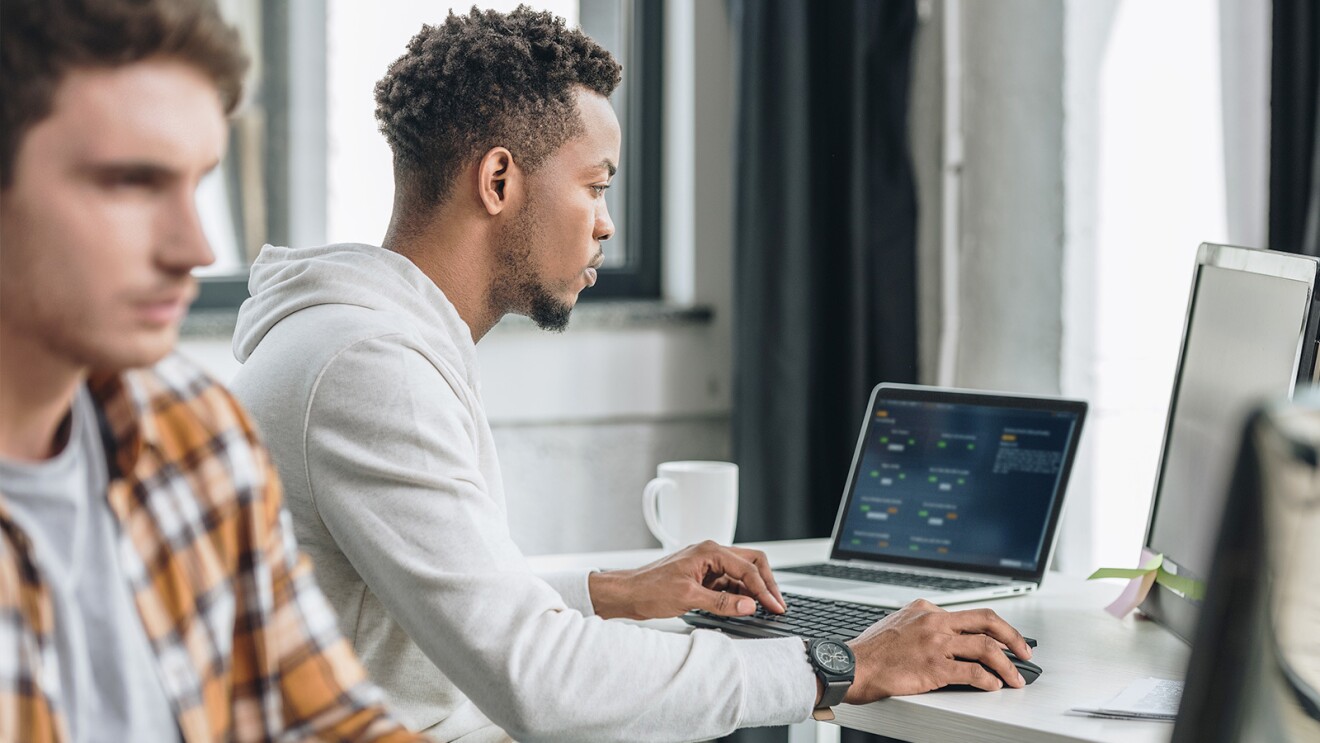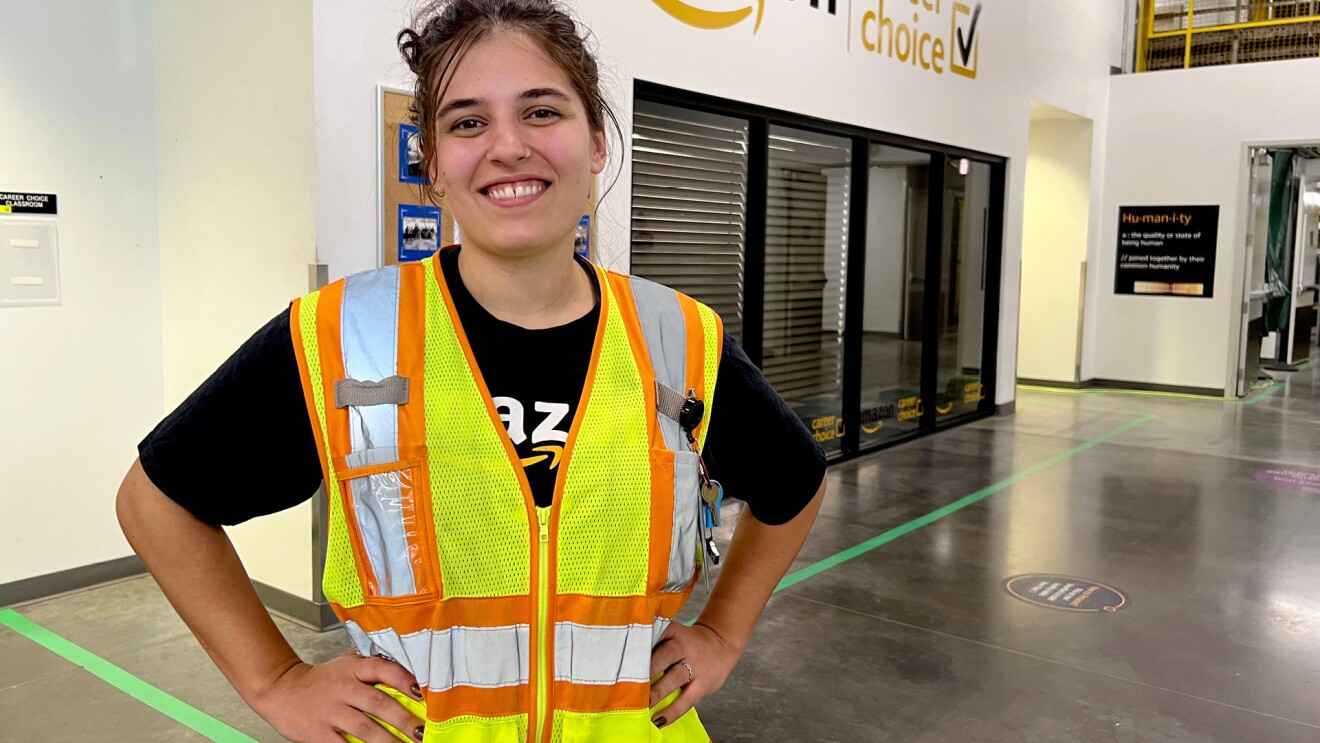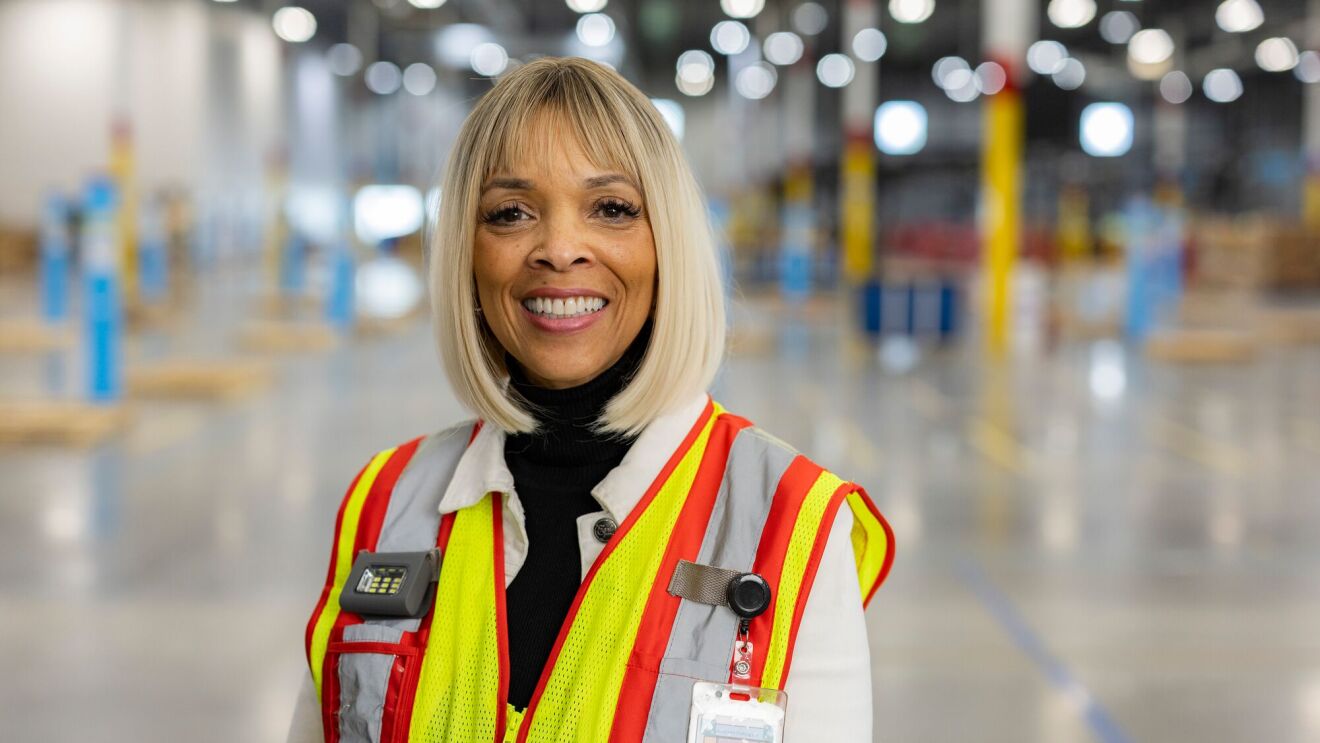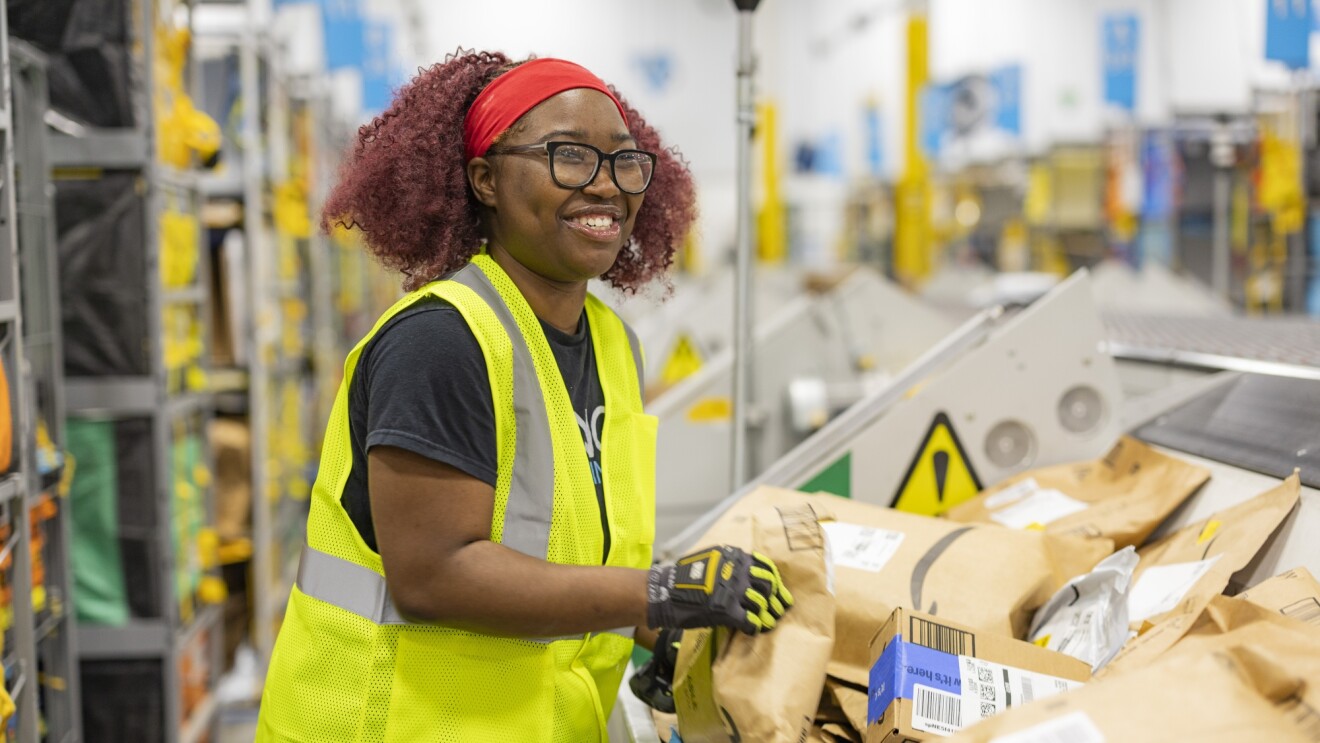We recently announced plans to hire 150,000 more people in the U.S. ahead of the holidays to help deliver orders for our customers, and we wanted to share a bit more about what we’ve been doing since the start of the pandemic to support and protect both our permanent and seasonal employees
It starts with paying more than double the federal minimum wage and offering health benefits that start on an employee’s first day on the job, which we were already doing before the pandemic started. In 2020 and through the first half of 2021, we spent an additional $15 billion across our global fulfillment network to help keep our employees safe as they continued to support our customers.
This includes things like implementing social distancing measures and making direct investments in employee safety, including on-site testing and vaccination clinics. Here’s a bit more about some of the things we’ve done:
Building testing labs to keep our teams safe
When the pandemic hit, we quickly changed many parts of how we work to help keep employees safe. We undertook one of the most comprehensive overhauls of our processes in Amazon’s 25-year history, including how our facilities were cleaned and how employees were trained. We also implemented social distancing measures, temperature checks, and other technologies. And we listened to our employees and public health experts and continued to adjust and update our processes regularly when we saw opportunities to do more.
For example, early in the pandemic, access to regular and reliable COVID-19 testing was scarce around the world. We didn’t wait for others to provide solutions. Instead, we assembled a team of professionals with a variety of skills—research scientists, program managers, procurement specialists, software engineers—and moved them from their day jobs to focus on creating a scalable COVID-19 testing program for their colleagues.
The initiative included building two diagnostic labs in a matter of months—one in the U.S. and another in the UK. Soon after launching, the labs were processing thousands of tests per day while continuing to build for more capacity. By October 2020, the U.S. lab in Kentucky was testing more than 700 employees an hour, making access to COVID-19 testing available to nearly all front-line employees.
By January 2021, our Kentucky lab reached a new milestone after processing 1 million tests for our employees. To date, we have processed many millions more across our labs. At the height of the pandemic, the labs were processing more than 30,000 tests a day. We also worked with public health entities to help the international fight against new strains of the virus.
Hear more from the team that built our in-house COVID-19 testing program and what drove their work.
Helping vaccinate Amazon employees and communities
In December 2020, as vaccines started rolling out across the world, we immediately began advocating on behalf of our employees to ensure they had access to COVID-19 vaccines as early as possible. We also reached out to local, state, and federal government officials, along with public health experts, to offer Amazon’s logistical support in facilitating vaccine distribution to help protect the health and safety of our employees and communities.
In March 2021, as vaccine supplies were being made available to front-line employees, Amazon began rolling out on-site vaccination events to make getting vaccinated as easy as possible. The events also helped ease the burden on community-run vaccination clinics. Early on, our program helped vaccinate front-line employees when public clinics were operating at maximum capacity and accessing vaccines was difficult.
As vaccine supplies have become more widely available, we have continued to host on-site vaccine events to help our front-line employees and their family members. We hosted more than 1,800 free vaccination events at Amazon facilities across the U.S., making the COVID-19 vaccines available to more than 1 million Amazon employees and their families.
Hear from some of our employees about what access to the vaccines meant to them.
Encouraging vaccinations with big thinking and big money prizes
Earlier this year, we announced that front-line employees could receive up to $80 ($40 per dose) for getting the COVID-19 vaccine, whether they received their vaccination off-site or at an Amazon-hosted vaccine event. In May, we also rolled out a $100 new-hire bonus for fully vaccinated U.S. front-line employees.
Most recently, we introduced the Amazon “Max Your Vax Sweepstakes” for U.S. front-line employees, featuring a variety of prizes totaling nearly $2 million. The program incentivized employees with a fun—and potentially lucrative—way to get vaccinated. And we made it easy to participate. U.S. front-line employees who logged their vaccination information showing they were fully vaccinated were automatically entered into the sweepstakes to potentially win one of 18 big money prizes.
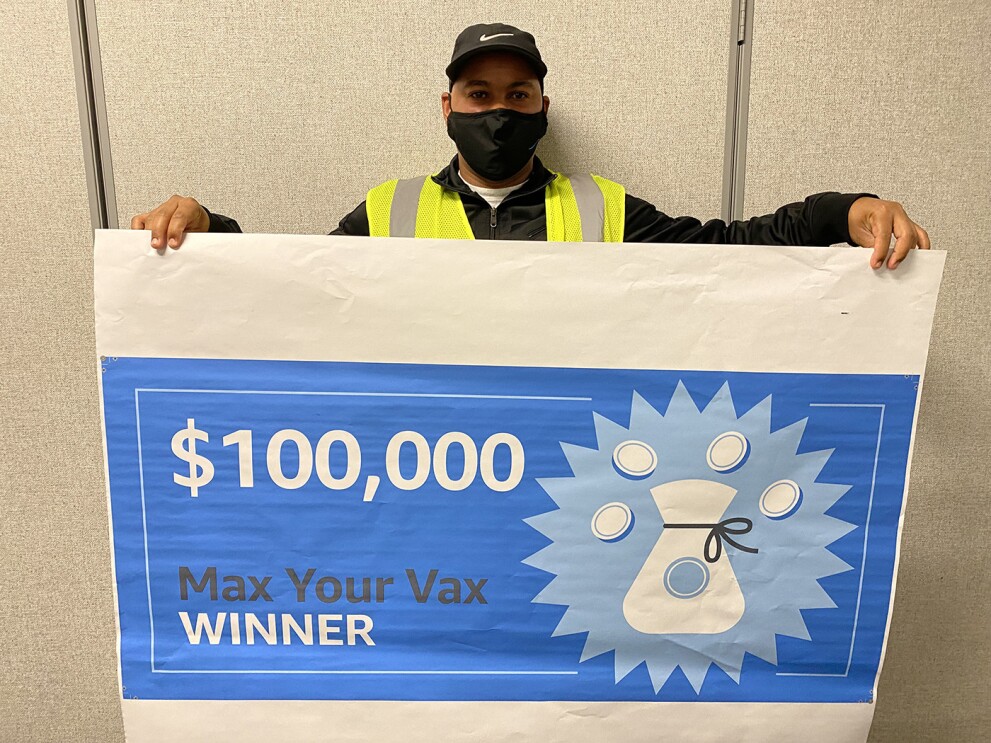 José won $100,000 for being fully vaccinated through Amazon's "Max Your Vax Sweepstakes."
José won $100,000 for being fully vaccinated through Amazon's "Max Your Vax Sweepstakes." 01 / 05
Continuing to create jobs
Over the past 18 months, as workers around the world experienced massive job loss during the pandemic, Amazon continued to create jobs around the world. In 2020 alone, Amazon created 500,000 new jobs globally and invested billions in additional pay and bonuses for our front-line employees, on top of our already strong average starting wage of $18 an hour in the U.S.—more than double the federal minimum wage. In fact, a recent Wall Street Journal analysis found that had it not been for Amazon, the whole job creation by S&P companies would have been negative.
Around the world, we know the pandemic is continuing to affect our employees and our communities, and we will continue working hard to create solid jobs and support our teams and our communities now and for the long run.
Trending news and stories


